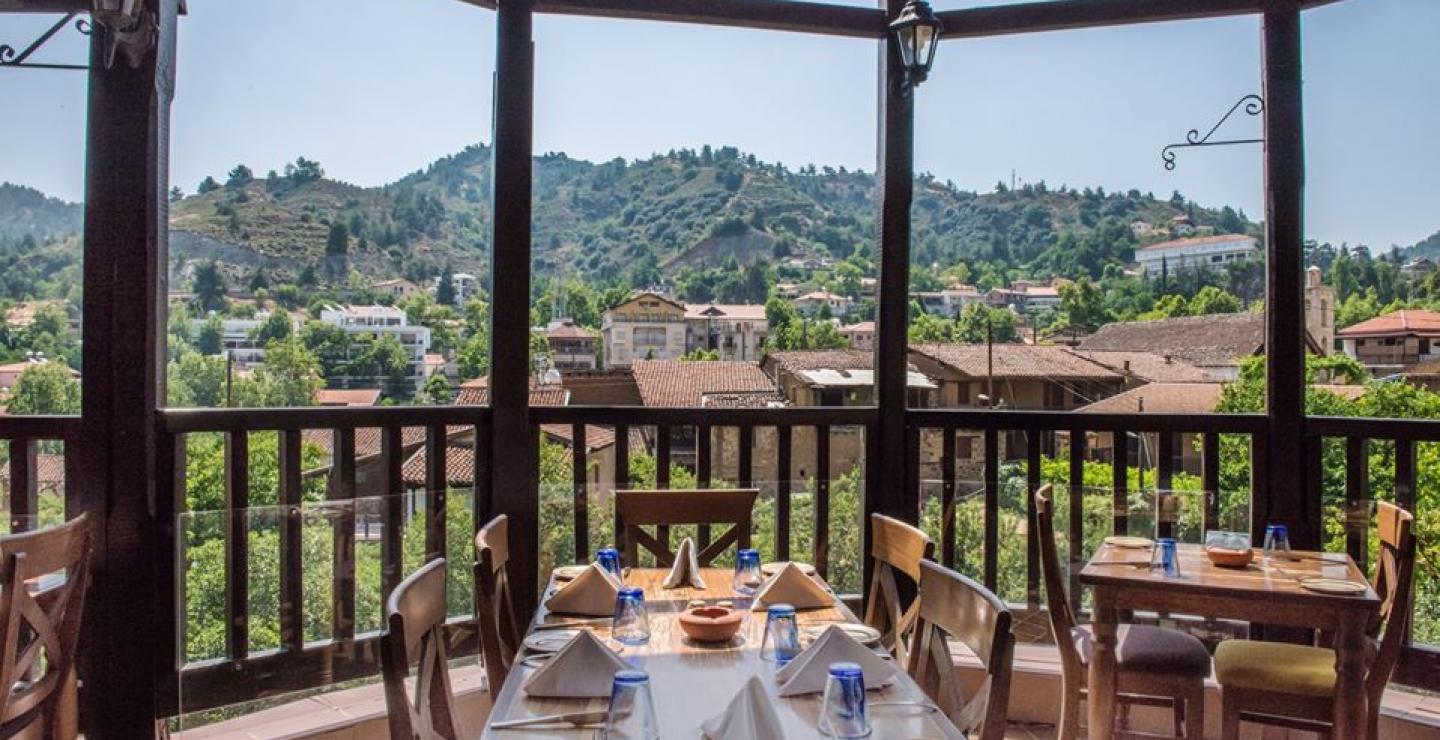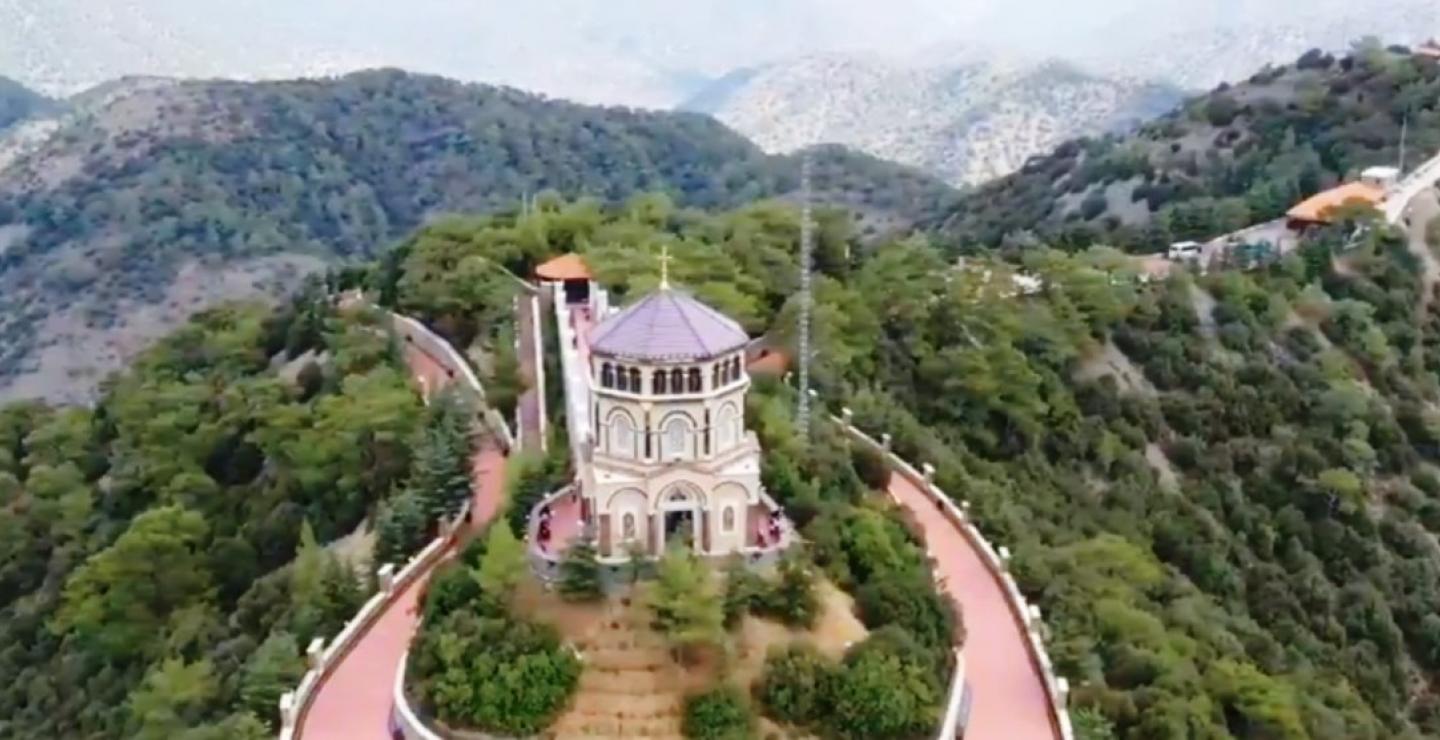Exploring Larnaca’s Rural Villages

Larnaca isn’t just about its popular palm tree promenade and its numerous beaches. A short ten-minute drive out of town can take you to some of the region’s most important and beautiful rural villages and surroundings, the exploration of which promises days of discovering the island’s history, culture and national heritage. Below, we have selected five of our favourite villages and have pinpointed some of their most important features. We hope you enjoy discovering these as much as we enjoyed writing about them!
Lefkara Village
When a local thinks of Lefkara, the first thing that will come to mind is lace embroidery and silver – the village is world-renowned for both its traditional handicrafts and its silversmithing.
Divided into two parts – Pano Lefkara (higher Lefkara) and Kato Lefkara (lower Lefkara) – the mountainous village is found at the foot of the Troodos range and is considered one of the most picturesque villages of the region, with narrow, winding streets that boast the traditional architecture of yesteryear.
It is within the quaint neighbourhoods of the village that you will encounter local women sitting outside their premises making ‘Lefkartika’, traditional lace pieces that have been created in the village since Venetian times. These lace pieces are listed on the UNESCO Intangible World Heritage List. The making of filigree silver pieces is also an art attributed to the village, with various workshops found in the centre of town.
Aside from the Lefkara Handicraft Centre and the Museum of Traditional Embroidery and Silversmithing where one can attain hands-on knowledge of the village’s art practices, the village offers other interesting sites such as the old fountain and the old olive mill. The village also has important chapels, including the Church of Timios Stavros and the Chapel of Archangelos Michael.
Lefkara also hosts a popular annual festival in August which features an extensive programme of music, dance, theatre and handicraft exhibitions.
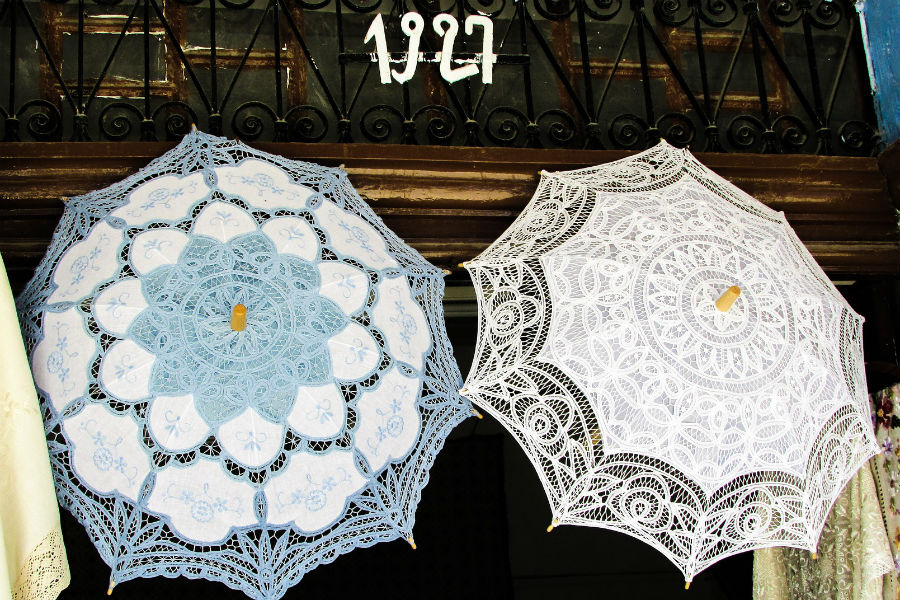
Lefkara Lace
Choirokoitia Village
Another village which is listed on UNESCO’s World Heritage Sites and which actually ranks among the nine most ancient sites in the world, Choirokoitia is best known for its Neolithic Settlement (7500-5200 BCE).
Over the years, the village has also become a popular destination for agrotourism – which comes as no surprise, for the village is a charmer. Its stone and wood architecture along its winding, picturesque cobbled streets offers an insight to rural life and settings.
The village is also popular for one of the many Byzantine churches of the island. This one is known as Panayia tou Kambou, although there are a number of other churches which are also worth visiting.
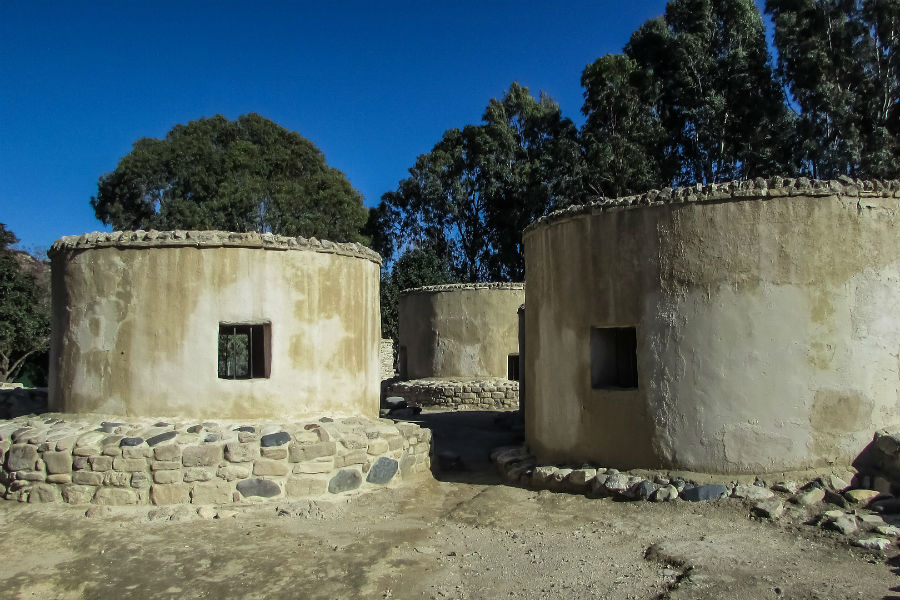
Choirokoitia’s Neolithic Settlement
Pyla Village
Pyla is unique in that it is the only mixed village of the island. Here you will still find Greek and Turkish Cypriots living together in harmony.
Legend has it that the village initially took its name from the Greek word pyli, meaning ‘gate’, because of its geographical location as a gateway from the sea to the Mesaoria Plain (a broad, sweeping plain found in the north centre of the island.
The village has been inhabited since prehistoric times and was known for producing copper, silver and gold, making it an important village during the Bronze Age.
There are a couple of archaeological and scenic sites worth visiting in the region, including one of the four Venetian Watchtowers located in as well as the churches of Archangelos Michael and of Panayia Asprovouniotissa.

The church of Panayia Asprovouniotissa in Pyla Village
Zygi Village
One of the most famous fishing villages of the island, Zygi took its name from the Greek word Zygizo because the village was once a weighing centre for locust-bean exporters; it is here that exporters brought their beans to be weighed and delivered to varying warehouses across the island.
It is also here where one can ultimately dine at one of the island’s best fresh fish restaurants, found in the heart of the village’s fishing shelter.
Zygi is also well known for its annual festival which is organised in the honour of Saint Ayios Eracledios, whose church is found on the outskirts of the village.
Tochni Village
Known not only for being one of the oldest villages of the island, Tochni was also one of the first villages to adopt the concept of agrotourism, making use of its restored village centre and the preservation of its traditional Cypriot stone houses.
Aside from its traditional appeal, the village is also host to the ruins of a Latin church at the heart of the village which overlooks the church of Saint Constantine and Helena. The village also hosts a mosque, madrasah and Muslim burial ground on its eastern front, reminders of the Greek-Cypriot and Turkish-Cypriot community that once called it home.
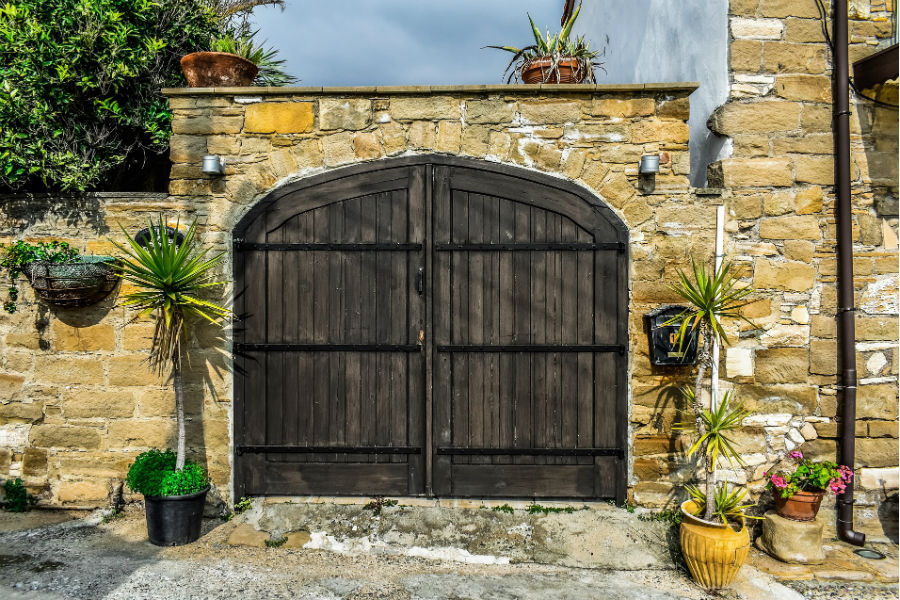
The door of a traditional house in the village of Tochni

